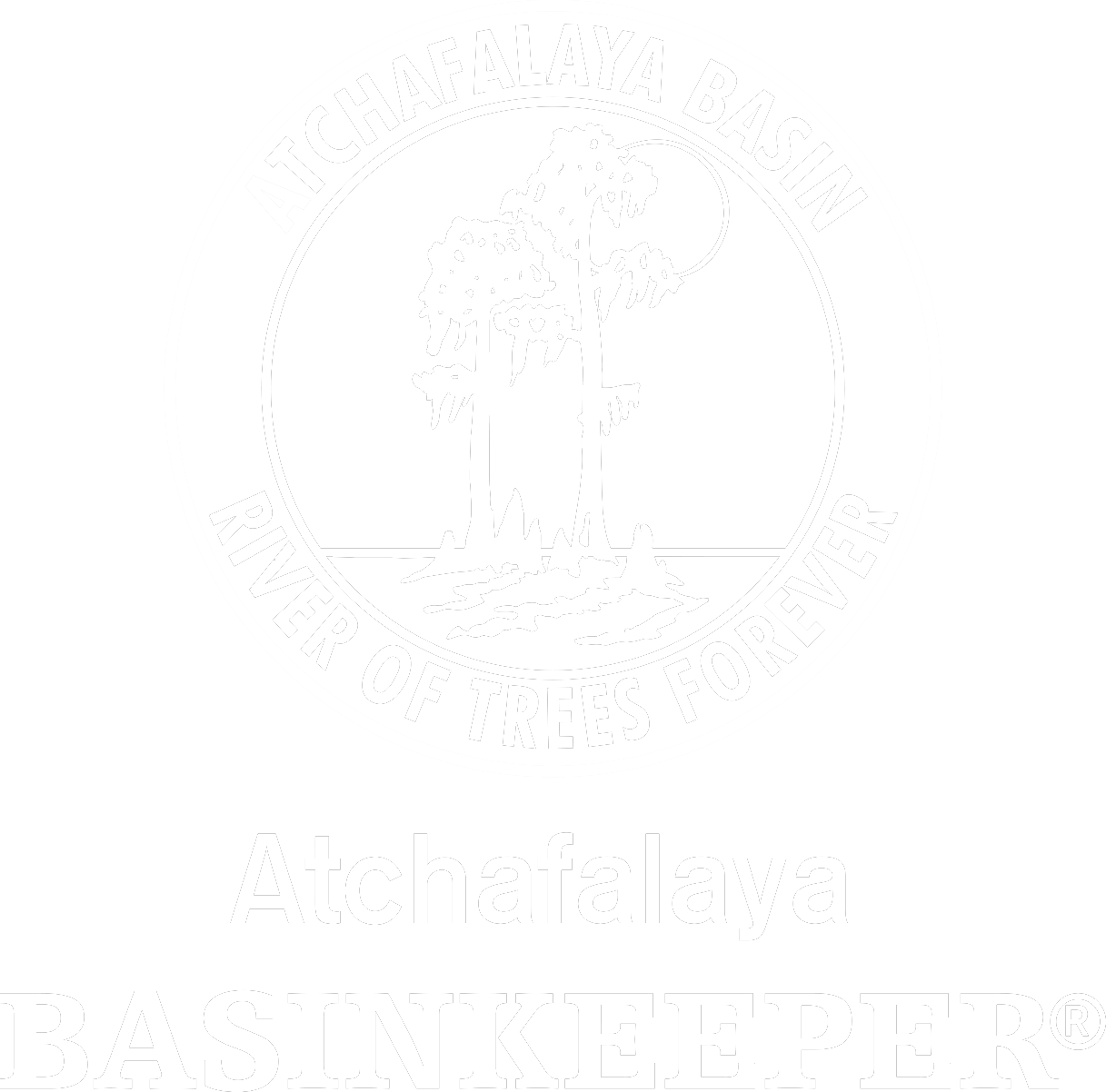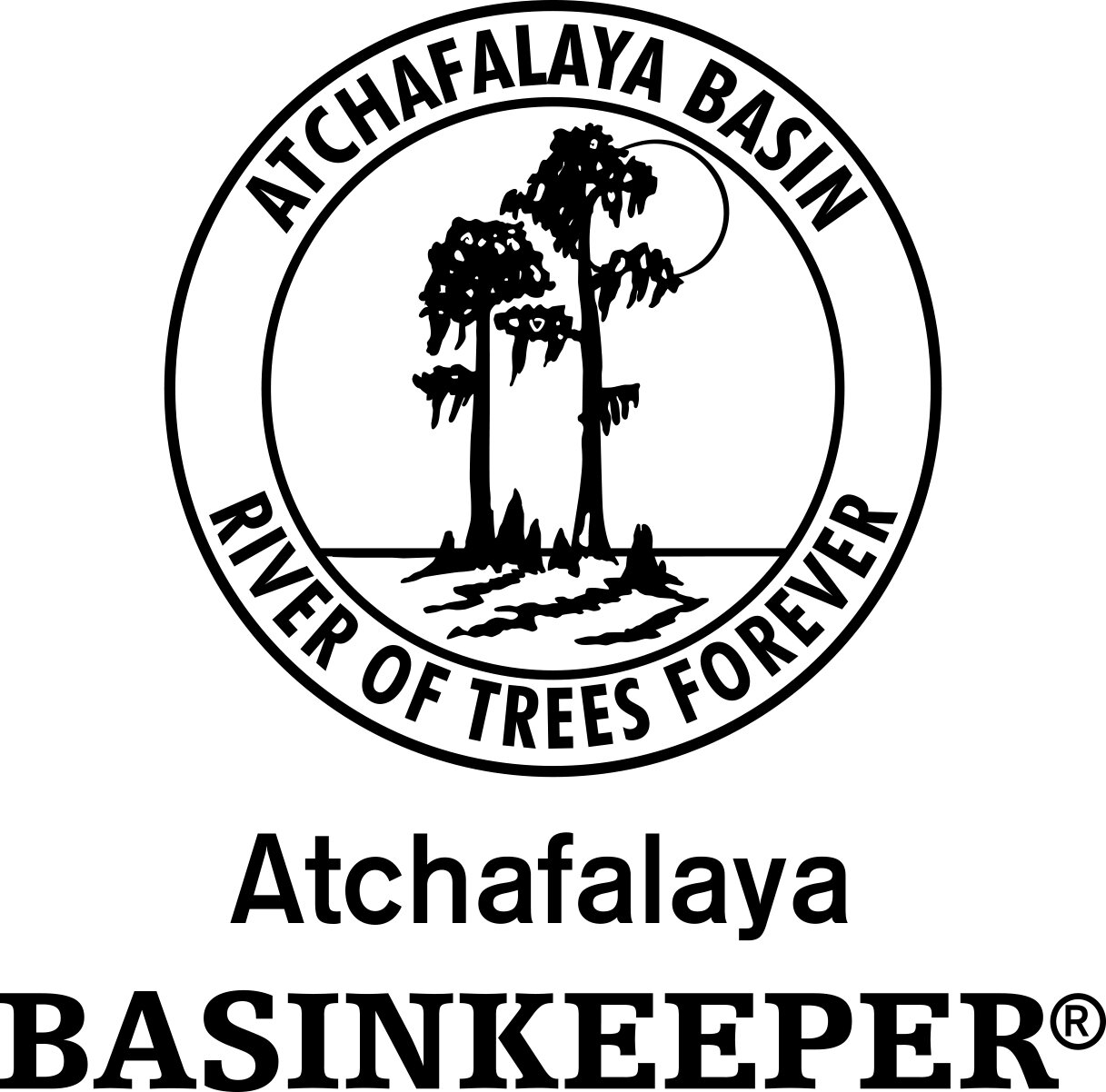East Grand Lake Project
EAST GRAND LAKE SYPNOSIS
o The Atchafalaya Basin is the largest contiguous swamp in north America and is one of most productive swamps in the world. The Basin’s wetlands are critically important for migratory birds in the Western Hemisphere and their capacity to store and release flood waters protect much of south-central Louisiana from flooding.
o Projects that divert river water full of sand and silt into the Basin swamps are forever destroying those natural wetlands, cypress swamps, lakes, and bayous by filling them with sediments and pollutants. Many of these projects are supported by oil and gas companies and large land corporations who benefit from these changes in the Basin that frustrate commercial fishing and public access and pave the way for further privatization of wetland forests for private benefit from logging and other uses.
o Because of the unique nature and location of the Basin, the impacts of oil and gas exploration and development, and its manipulation and use by the Army Corps to pass floodwaters, river diversion projects have historically impaired Basin swamps rather than improved the areas as may be the case in other parts of Louisiana. Diversion projects in the Basin such as those occurring in Buffalo Cove, Coon Trap and Beau Bayou have already filled thousands of acres of swamp wetlands. We have already lost or severely degraded approximately 75% of the Basin’s cypress swamps, lakes, and bayous and cannot afford to continue to degrade these resources that are critical for navigability and fishing, wildlife habitat, and flood protection.
o The proposed East Grand Lake Ecological Enhancement Project is in essence a river diversion project presented as a water quality restoration project. The project will introduce river water with sediments and pollutants from the Atchafalaya River and Bayou Sorrel through 12 cuts into the surrounding cypress swamps. Wetlands expert Dr. Ivor van Heerden conservatively calculated that enough sand and silt could be introduced through these cuts to fill over 1,100 acres of wetlands in just a four-month period. In just one flood season, these swamps will suffer increased sedimentation and water quality impairment, and over time these harms will continue until the area is transformed or the cuts fill in with sediment. To promote the project they claim that diversion of river water will “nourish” the swamp. However, available science shows that diverting river water into the swamps will suffocate and fill these wetland forests with sediment as the Basin experienced in Buffalo Cove, Coon Trap, and Beau Bayou.
o Additionally, the newly proposed disposal method for the spoil dredged in carving out the 12 cuts raises serious concerns for the impacts of this project and future development projects in the Basin. The project proposes to dispose of dredged material next to the cut sites and suggests that spreading the spoil and/or piling it into adjacent canals will not harm the area but rather will nourish and create wetlands. However, the project proposal does not explain or provide scientific support for these claims that the spoil will benefit, nourish and create wetlands, which raises serious concerns for the impact footprint of this project and the application of legal standards to prevent harm and losses to wetlands for future development projects in the Basin.
Fundamental discrepancies on the science, Reports by Dr. Ivor Van Heerden
Iberville Parish Resolution against EGL Project
ABP’s Claimed Purpose and Need for the Project
Concerns of the Atchafalaya Basin Coalition
The biggest threat to the Atchafalaya Basin is sedimentation. The biggest contributor to this threat, is by far government funded river diversion projects designed to fill those wetlands with sand and silt to benefit a hand full of corporate landowners/waterbottom claimants under the disguise of “water quality projects”. The Buffalo Cove and Beau Bayou Projects have already devastated huge amount of wetlands, lakes and bayous. The EGL project will be another project that will destroy huge amounts of wetlands.
From Dr. Ivor Van Heerden report: So, this EGL project, in just a four-month flood based on 2011 data (Welch et al, 2014) covers 1188 acres with at least 4 inches of sediment, and this is a very conservative estimate. If you review Table 3 (Stations 10 and 11) you will see that the suspended sediment loads measured during the 2011 flood were well below the median of the historical data.” See van Heerden Expert Report at 12
ABK is making a priority to stop this project. So far, we have sent 1 comment letter to the Corps in 2018(Corps letter file 1, file 2, file 3, file 4) another in 2022 Public Comments Submitted to USACE New Orleans District on May 24, 2022, EGL Attachments to Public Comments 5/24/22 and two comment letters to the Atchafalaya Basin Program under Coastal Protection and Restoration Authority. The first are comments to the Atchafalaya 2020 draft Annual Plan sent in 2019 ABP FY 2020 Comments, Exhibits A-B, Exhibits C-E and the second are comments to the Atchafalaya 2021 draft Annual Plan sent in 2020 ABP FY 2021 Comments.
We recently obtained 1979 EPA report that warns the state and the Corps against such projects and the threat they pose to swamps and the Basin flood capacity 1979 EPA Report. ABK has sent this report and additional comments to Corp and CPRA on 4/27/20 ABK Comments.
Dr. Ivor Van Heerden’s response to SIGMA, the company hired by the state to push the project can be found here SIGMA Response.
12/20/22 Iberville Parish Council voted unanimously to pass a resolution against the East Grand Lake Project. We want to thank the entire council and specially Pete Kelly, Matt Jewel and Chasity Easley for their courage and integrity to move this forward. We all should be so proud of our councilmen and councilwomen!. For our children, always for them.
http://ibervilleparish.com/departments/council/videos 12/20/22 starting at 44:45
AUDIO FROM PUBLIC HEARING 2016
This is the recordings from the 2016 public hearing in Bayou Sorrel and Henderson. The first part is Bayou Sorrel. Henderson starts on 2:14 hours on the recording. Mayor of Henderson talks about silting the Basin, time on the recording 2:30. TNC project conversation in Henderson starts at 2:14 on the recording. Jody did an incredible speech, time on the recording 3:18. During the meeting in Henderson, Don Haydel conveyed that though100% of the people attending the public hearings in Bayou Sorrel and Henderson opposed the project, if they can get the approval from the legislators they will move forward, this conversation starts at 4:18.50. “The truth is not a choice.” Dean
These pictures show crawfish traps buried in sediment from a similar project, The Buffalo Cove Project






